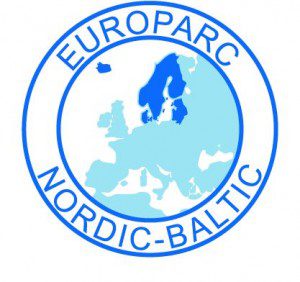Gauja National Park, Latvia © Martins Ziverts
 The Section’s year of creation: 2003
The Section’s year of creation: 2003
Number of members: 57 members in total in eight countries (Denmark, Estonia, Finland, Iceland, Latvia, Lithuania, Norway, Sweden)
The core areas of work: Sustainable tourism, health, protected areas management
Website: www.europarc-nb.org/
Contact person: Elena Bazhenova, Swedish Environmental Protection Agency, elena.bazhenova@lansstyrelsen.se
President: Daniel Åberg, County Administrative Board of Scania
About their work
The Nordic-Baltic Section is one of nine regional units, which have been established to make the work of the EUROPARC Federation more effective. It represents organisations from the eight Nordic and Baltic countries: Denmark, Estonia, Finland, Iceland, Latvia, Lithuania, Norway and Sweden. The Section is an open, voluntary and non-political association of EUROPARC Federation members in the above mentioned countries.
The main goal of the section is to promote exchange of information and expertise and encourage cooperation between the members, in order to improve the management of Protected Areas. We are following the key aims of the EUROPARC Federation and maintain active connections between our members and the Directorate of the Federation. We aim to have a NORDIC-BALTIC representative in the different EUROPARC commissions.
Aims:
- To promote the aims and strategy of the EUROPARC Federation
- To maintain and strengthen the links between the EUROPARC Federation and members of the Section
- To initiate and coordinate EUROPARC activities in the Nordic and Baltic countries
- To promote the cooperation among members of the Section
- To enhance communication, information, experiences and expertise among protected areas in the Nordic and Baltic countries
- To promote raising of funds for joint activities
Every three years, the presidency and coordination of the section rotate between the member countries. In 2021-2023, the presidency and coordination of the Nordic-Baltic Section are hosted by the Swedish Environmental Protection Agency.